There are arguably four contenders for being the next Premier of British Columbia. One of them will lead a caucus that will govern the province after October 19th.
The Premier is not chosen directly by voters — in fact the current Premier rose to the position after the previous one retired. The Premier is the individual that has the support of a majority of the elected representatives. If a political party has a majority, the decision is simple; whoever leads that party becomes the Premier. If the government is a minority — meaning no one party has more than half of the seats available — then it is the leader who can bring together a majority of the legislature to support them.
One of the simplest reasons political parties exist is to tell voters who their elected representative will support as the leader of the government after the election is over. Right now there are four parties with seats in the legislature: the governing NDP, the official opposition BC United, the rising third party Conservatives, and finally the Greens with two seats.
David Eby - BC New Democratic Party

When voters last went to the polls, the NDP was led by Premier John Horgan. However, a year later he announced that he was undergoing surgery and treatment for cancer. He stepped down the following year, necessitating a change in leadership.
It was clear early on the David Eby was the frontrunner to replace Horgan. He was already suggested as a possible leadership prospect in 2014 before Horgan was ultimately acclaimed to the position few at the time wanted. But we’ll get back to that.
David Eby was born in Kitchener, Ontario. Before politics, he was probably best known for his work with Pivot Legal Society, a Vancouver-based legal advocacy organization. His first attempt to run for office was not successful — he sought a nomination from the newly-formed Vision Vancouver to run for council, but was narrowly defeated amid a massive turnout for a nomination race. He returned to the non-profit sector as the executive director of the BC Civil Liberties Association.
His second foray into politics did not go his way either, but it could not be called unsuccessful. Eby received the BCNDP nomination to run against Premier Christy Clark in a by-election after she won the leadership of the governing BC Liberals without having a seat in the Legislative Assembly. Former Premier Gordon Campbell resigned his seat of Vancouver-Point Grey, letting Clark step in and join her caucus in the legislature. Eby rallied and organized his network, bringing the by-election race to a close 48.7% to 45.2% — only 564 votes separated them.
Eby’s eventual entry into the legislature was likely bittersweet. In the 2013 election, he pulled off an achievement few can lay claim to — he defeated a sitting Premier in her own riding. This time, Eby finished ahead of Clark by 1063 votes. The downside was that the rest of his party had not fared as well, and he would be sitting on the opposition benches. Clark once again needed to join her caucus through a by-election, this time running in Kelowna West while Ben Stewart took a break for a few years (he came back after Clark retired).
Eby was a favourite to take the reigns right away, with the party needing to focus on taking seats the Liberals won in urban areas if they wanted to form government. But, with a newborn on the way and still being a relatively fresh MLA, he bowed out.
John Horgan took the leadership spot, and when the 2017 election resulted in a minority government for the NDP, Eby went from decades of advocacy around the legal system to being the province’s Attorney General. Following the 2020 snap election, he also became the Minister Responsible for Housing on top of his duties as AG. He held both positions until the summer of 2022, when he announced that he would seek the leadership of the BCNDP and replace John Horgan as the next Premier.
As potential competitors bowed out to support Eby, it looked like he would be acclaimed like John Horgan before him. He hit a stumbling block when Anjali Appadurai, a federal NDP candidate — who had narrowly lost a run for Vancouver-Granville in the 2021 federal election, raising the NDP vote by more than 20% — announced her intention to run. A climate activist who rose to prominence at the same time that climate strikes were taking off around the world, she was at first welcomed into a race. Eby had the support of his caucus and would likely win any contest, but an actual race is a good opportunity for fundraising and building membership.
Plus there were a lot of potential supporters up for grabs. The federal Green Party had pretty much imploded in an internal civil war, and the BC Greens were still rebuilding after an acrimonious divorce with former leader Andrew Weaver. There was a big opportunity to bring in disenfranchised voters in to the NDP tent.
They maybe didn’t realize how big.
After a massive increase in new memberships, Appadurai was accused of actively recruiting Green Party supporters. According to the BCNDP, their membership surged by somewhere between ~8000-14,000 new members, which was used to argue not that the BCNDP was growing in support, but that they were being subjected to a hostile takeover by the Green Party. The BCNDP even sent a letter insisting that the Greens share their membership list so they could see if there was overlap.
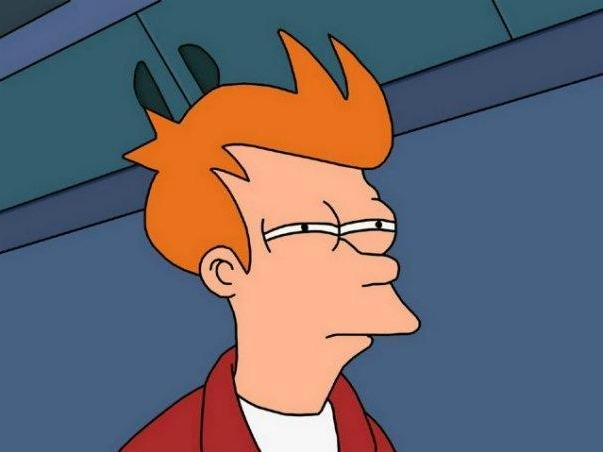
In the end, Appadurai was disqualified, and Eby was acclaimed to the position of leader of the BCNDP — and by extension Premier — on October 21st, 2022. Whether or not those new members have stuck around to support Eby remains to be seen, but according to their fundraising they seem to be doing okay.

This will be Eby’s first election as Premier, but he has already beaten the odds enough to dissuade betting against him. He is also very tall — he needed a special podium once he became Premier — standing at 6’7”.
Kevin Falcon - BC United
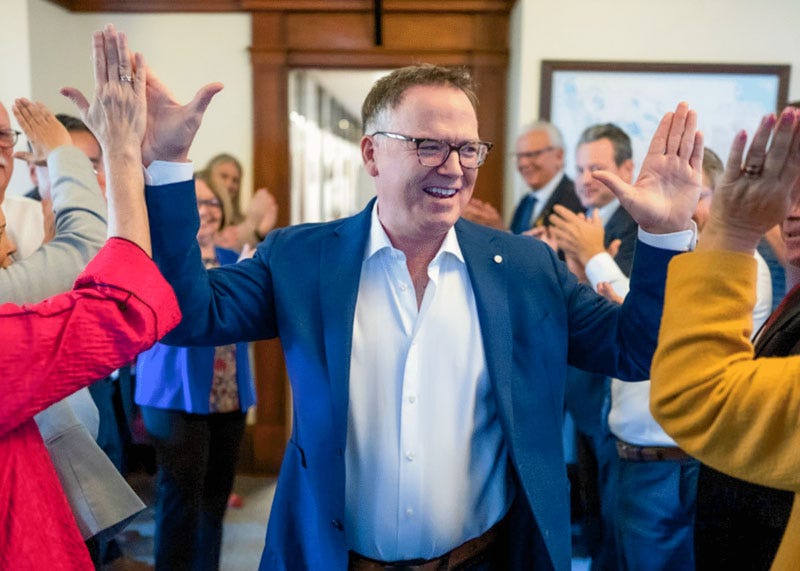
Kevin Falcon was also considered as a potential Premier before he actually led his party, running for the BC Liberal leadership in 2011. He finally became leader in 2022, but with United tanking in the polls, his path to the Premier’s chair is looking more and more difficult.
Kevin Falcon was born in North Vancouver, and has been focused on politics most of his career. He studied political science at Simon Fraser University, and was involved in Surrey politics before seeking a nomination to run for Gordon Campbell’s BC Liberals in Surrey-Cloverdale in the 2001 election.
Falcon was given the role of Minister of State for Deregulation, which allowed him to be the champion of “cutting red tape” for the first part of his term. When the legislature was raided by the RCMP and the transportation minister resigned, Falcon was given the unenviable job of taking her place and cleaning up the mess. He spent a lot of money. He was switched to Minister of Health in 2009, before Campbell ultimately resigned in 2010.
Falcon announced his intention to seek the leadership of the BC Liberals and the Premier’s chair shortly after Shuswap MLA George Abbott, who was seen as his primary competition early on. The caucus was split on support between Abbott and Falcon, with Falcon having the endorsement of many of the urban MLAs, and Abbott with much of the rural base of the party in his corner.
In the end the race narrowed, Abbott fell behind and Falcon was beaten by Clark in a head-to-head fight on the final ballot — 52% to 48%.
Clark — who won the race with the support of only one elected MLA — needed Falcon’s support to keep the BC Liberal coalition together, so he became the Minister of Finance and Deputy Premier. However, amid dropping poll numbers for the BC Liberals, an upstart BC Conservative Party under John Cummins, and the NDP looking likely to win, Falcon decided not to run for re-election in 2013. Other than raising a bunch of money for Maxime Bernier in 2017, he stayed under the political radar for about a decade.
As the man who was tasked with getting the Ministry of Transportation back on track after the BC Rail scandal, it’s not surprising BC Liberal members looked to him to try to fix their struggling brand after being ousted from power in 2017 and continuing to drop in 2020. This time there was no caucus split, with most of the MLAs rallying around Falcon. He took the lead with 47% on the first ballot, and after a few rounds became leader of the BC Liberals.
Falcon set about trying to fix the party, and his first major initiative was the abandon the name he had first been elected under, and become BC United.
However, Falcon faced a problem early in his term: one of his MLAs began posting online his unscientific belief that that CO2 emissions were not contributing to climate change. Falcon asked Rustad to take the post down, and when he refused, removed him from caucus.
“Following a pattern of behaviour that was not supportive of our caucus team and the principles of mutual respect and trust, I have removed MLA John Rustad from the B.C. Liberal caucus effective immediately.”
Instead of going away, Rustad has now become Falcon’s biggest problem, having re-revived the Conservative Party and recruited more floor-crossers to his side.
Falcon now faces his party polling in the low-teens, his caucus seemingly abandoning ship, and Rustad taking the lead on challenging the governing NDP. If Falcon can do what Christy Clark did, and unite the party and bring it back from the abyss, he’ll be remembered as a hero. If not, he’ll preside over the beginning and end of BC United.
John Rustad - BC Conservative Party
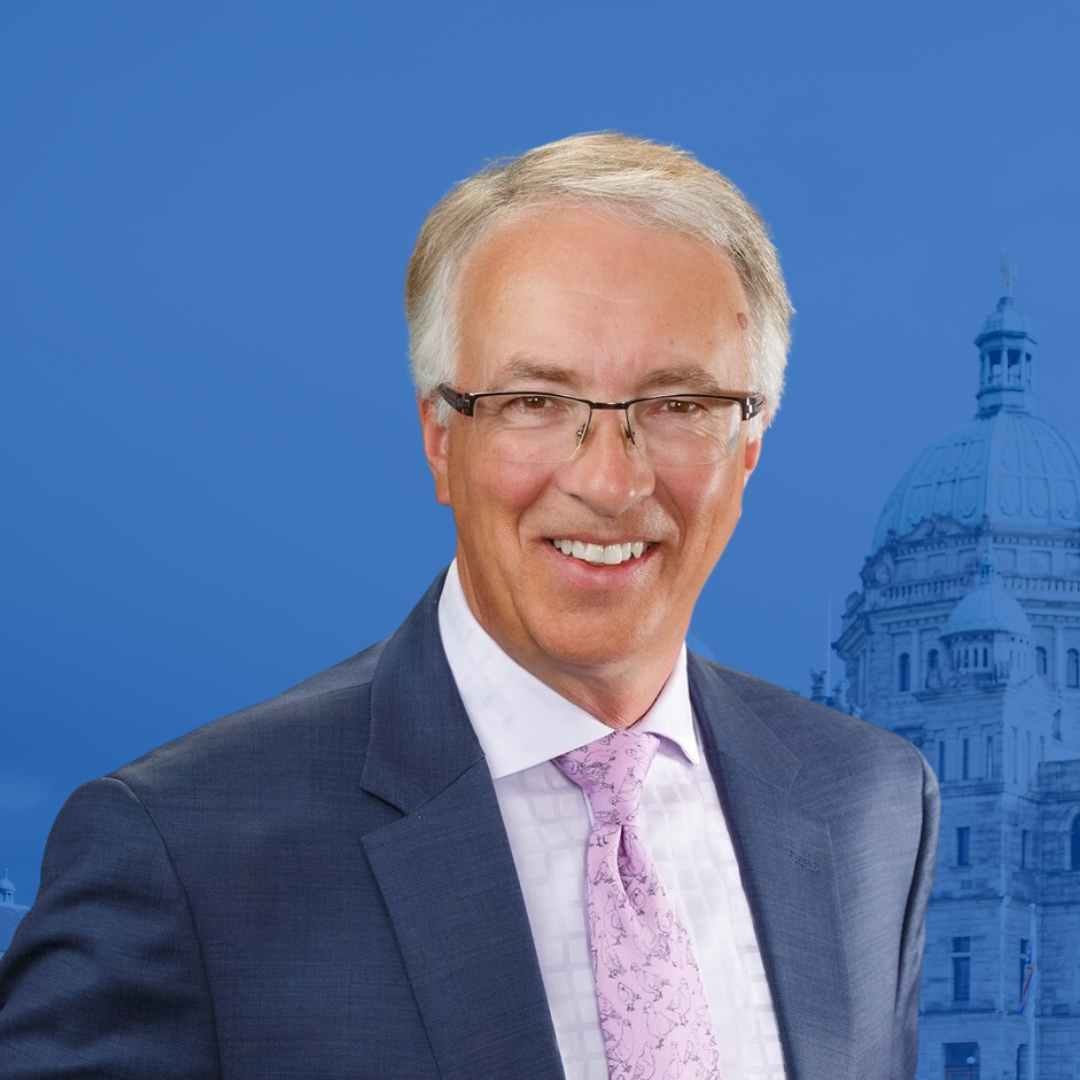
John Rustad was born in Prince George, and has lived in northern BC his whole life. He briefly served on the Prince George Board of Education before seeking provincial office.
He was first elected in 2005 while Campbell was Premier, and served as Parliamentary Secretary for Forestry to the Minister of Forests, Lands and Natural Resource Operations, which is quite the title to try to fit on a business card. Under Premier Clark he received a full cabinet portfolio, becoming the Minister of Aboriginal Relations and Reconciliation.
Rustad was generally regarded as a back-bencher, and being from a more remote riding does not have the kind of media profile that an urban MLA might build up. Other than the occasional social media gaffe, he was not in the news much. He also was likely not seen as a threat to Falcon’s leadership when he was thrown to the independent benches.
Six months later Rustad was the one making the news, this time announcing that he was joining the BC Conservatives, giving the party their first MLA since John van Dongen crossed the floor (and then quit them) in 2012. With only one MLA, he was functionally still an independent, but the announcement was interesting for political wonks waiting for the next election. He soon after became the party’s leader.
This past September had a much bigger impact, when Abbotsford MLA Bruce Banman joined Rustad as a second Conservative, giving them official party status. By being recognized in the legislature, Rustad and Banman were given speaking time in question period and on committees. Rustad used his increased profile to focus on the issues he thinks are important to the hearts of British Columbians — banning electric vehicles and transpeople from sports.
Rustad’s views may not have impressed some of his former colleagues, but British Columbians seem open to giving him a chance — Angus Reid recently placed Rustad’s Conservatives at 30% province-wide. The bad news for him is that in that same poll less than half of voters could actually name Rustad as the leader, which means the public has not really gotten to know him yet.
Rustad’s party’s rise is not without precedent. In 1991 the BC Liberals rose under Gordon Wilson, and went on to govern a decade later (sans Wilson). W.A.C. Bennett crossed the floor to run with a new upstart party and was Premier for twenty years. The trick is to hold the team together.
Rustad had been growing his team, overtaking the BC Greens in seat count with the addition of Cariboo-Chilcotin MLA Lorne Doerkson and Surrey South MLA Elenore Sturko. The bigger question is whether he can keep the coalition of candidates he’s pulled together from fracturing or blowing the election with a stupid comment.
Sonia Furstenau - BC Green Party
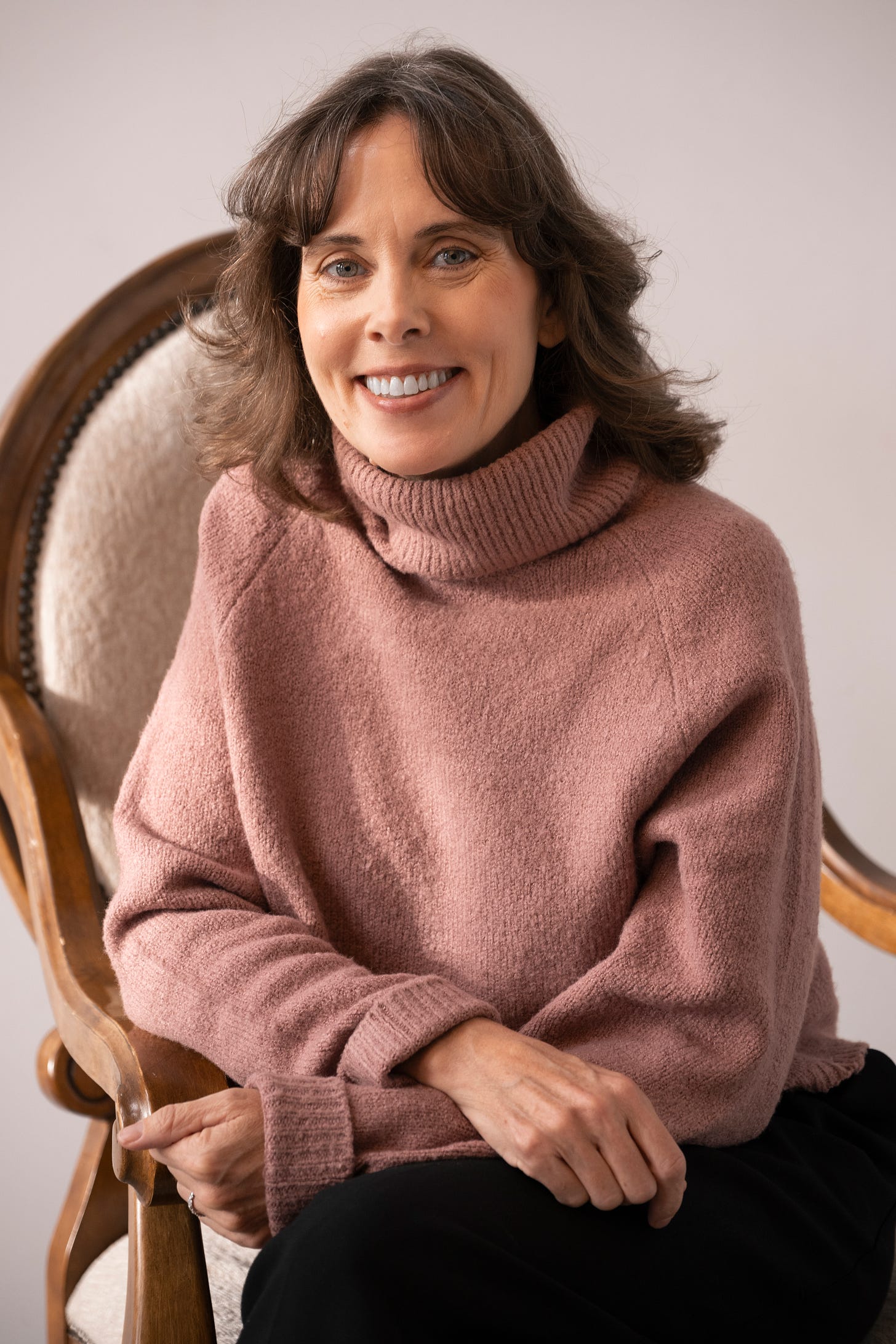
Rounding out the list of leaders is Sonia Furstenau, who is head of the BC Green Party. She is the only leader returning from the 2020 election, though she had only been leader a week at the time.
Furstenau was born in Edmonton, Alberta, and travelled to Vancouver Island to complete her degree at the University of Victoria. She worked at a handful of public and private schools before seeking a position as Area Director for the Cowichan Valley Regional District.
Furstenau was most well known for advocating for revoking a permit for a contaminated soil landfill. The campaign was successful just in time for Furstenau to run in the 2017 election.
The 2017 election was split almost perfectly between Christy Clark’s BC Liberals and John Horgan’s NDP. Coming up the middle was the sole elected Green at the time, Andrew Weaver, who had his sights on winning Cowichan Valley. On election night Furstenau emerged the victor with 37% to the NDP’s 32%. It gave the Greens a third seat — the second being Saanich North and the Islands — and once the final count was settled, she ended up in the enviable position of being “in the room where it happens” for the negotiations with the NDP and Liberals to decide who would have the Greens’ confidence to lead the next government.
As the story goes, Furstenau used her position to ensure the Clark’s government would be defeated. She was reportedly “physically sick to her stomach” at the prospect of supporting the Liberals, leading to the Greens breaking off negotiations with Clark’s team. Furstenau’s stamp was on the final Confidence and Supply Agreement, with a clause targeting the model that had allowed the Cobble Hill Holdings permit to be issued in the first place.
2-l. Revitalize the Environmental Assessment process in BC and review and address failures in the professional reliance model in BC so that British Columbians’ faith in resource development can be restored.
In October 2019, Weaver announced he would be stepping down to allow the party time to choose a new leader before the next election. Furstenau, as an elected MLA, was an obvious contender to replace him.
But the seemingly smooth transition turned rocky a few months later when Weaver quit the party to sit as an independent. By the spring, after Furstenau had announced her intention to run for the leadership, he was openly taking shots at his former colleagues. The leadership race was postponed due to the COVID-19 pandemic, drawing out the process until September 2020. Furstenau took 47% on the first ballot, and won on the second. Seven days later, John Horgan called the 2020 snap election.
On election night, Furstenau was narrowly returned as the MLA for Cowichan Valley, raising her vote share to 44% but facing increased support for the NDP at 40%. Her seatmate Adam Olsen was also re-elected, and it appeared they had won a third seat, but once the mail-in votes were counted they lost it by a mere 60 votes.
However, Furstenau faced a new challenge for the next election in the form of redistricting. Her riding of Cowichan Valley was separated in two, putting her home of Shawnigan Lake with a new riding. After the boundaries were completed, she posted on social media about her decision to run in Juan de Fuca-Malahat.
Shawnigan Lake is my home. It is where I live and where my children have grown up. The reason I got into politics in the first place was because of the work we did in the Shawnigan Lake community to protect our drinking water. If the legislation to change the electoral boundaries passes, I will run as the BC Greens candidate for the new Juan de Fuca-Malahat riding.
–Sonia Furstenau, April 20, 2023
However, a disappointing by-election result under the old boundaries in Langford-Juan de Fuca may have made her reconsider. Less than a year after her announcement as the candidate for Juan de Fuca-Malahat, she announced she would instead run for Victoria-Beacon Hill to increase her chances of being re-elected to be closer to family.
This will be Furstenau’s second provincial election as leader, and unlike last time — and unlike any of her opponents — she has had a full four-year term to prepare.
Make good choices
Once the ballots are counted, and the seats in the legislature allocated, whoever has the support of the elected representatives will be Premier. Unless something really dramatic happens, it will be one of the four leaders above. Which one will come down to more than just them — they also need to lead a team of (maybe) 92 other candidates — but one of the first things people will look at when evaluating if a party deserves their vote will be their leader.







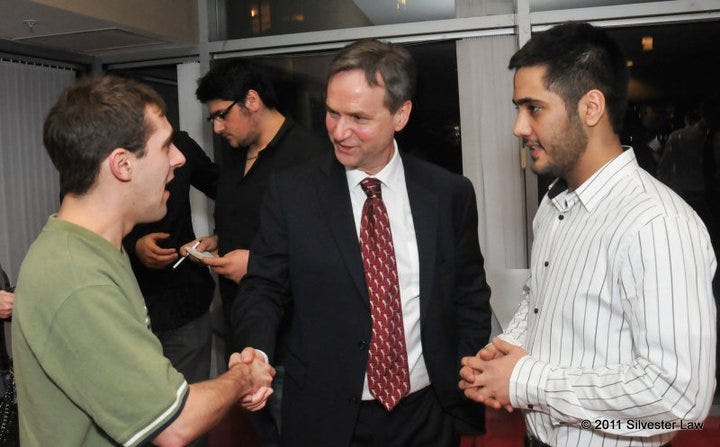





The Greens really missed the chance (among many others) to try to welcome Anjali & her supporters into the fold after they were unceremoniously dumped and defamed by the BCNDP leadership. Not the only opportunity squandered there but one I'm thinking about reading this.